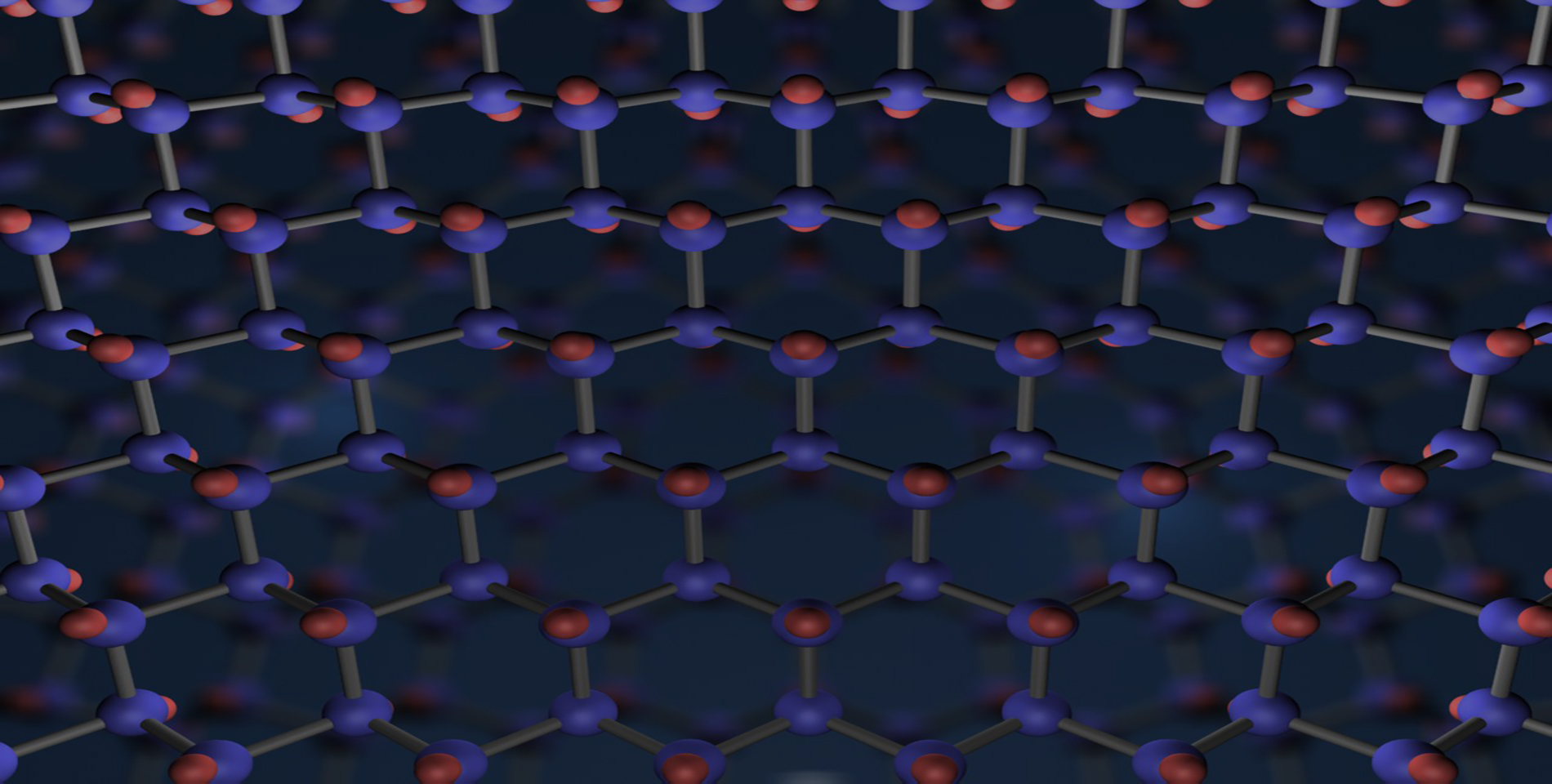The technique proposed by the PTOLEMY project is based on a novel concept and represents a departure from previous approaches. The reduction of the electron velocity perpendicular to the magnetic field originates from the cyclotron-phase-averaged motion that is transverse to the magnetic field through higher-order drift processes. Instead of collimating the transverse kinetic energy of the electron into a longitudinal velocity, the non-electric drift in the magnetic field gradient does work on the electron to reduce the transverse kinetic energy in favour of climbing a standing voltage potential. Starting with an initial estimate for the adiabatic invariant μ, the higher-order drift process of E×B is configured to balance the gradient-B drift motion of the electron in such a way as to guide the trajectory into the standing voltage potential along the mid-plane of the filter. Electric and magnetic fields exponentially decaying according to a given relation are used to drive the electron from the high field region (in which the RF measure is performed) to the low field one (fractions of Gauss) where the TES calorimeters measure the residual kinetic energy with very high accuracy (0.05 eV or better). EM filter fields setting depends on the characteristic of each single electron entering the filter as measured by the RF section (energy and kT). EM filter voltage values must be matched to those values in a very short time, order of 0.1 ms; this is the maximum transit time allowed in the RF in order to avoid significant energy losses. The WP is devoted to prove the filter principle and its implementation in the electron full tracking system (from the tritium target to the TES detectors).


